7 Best Air Tech Innovations Transforming Your Home Experience
In the ever-evolving realm of home technology,
"air tech" has emerged as a pivotal factor in enhancing our living environments.
According to Dr. Emily Chen, a leading expert in atmospheric technologies,
“The air we breathe directly influences our health and wellness, making air tech innovations not just luxuries but necessities for a modern home.”
These advancements are revolutionizing how we interact with our spaces, ensuring we enjoy
cleaner, healthier, and more comfortable atmospheres.
From smart air purifiers that adapt to your daily routines to intelligent climate control systems that maintain optimal conditions,
the latest air tech innovations are transforming homes into havens for well-being.
This integration of technology not only elevates comfort but also empowers homeowners to take charge of their indoor air quality.
As we explore the seven best air tech innovations redefining home experiences,
it becomes clear that the future of living is intertwined with the quality of the air we breathe,
making it crucial for homeowners and tech enthusiasts alike to stay informed about these remarkable advancements.
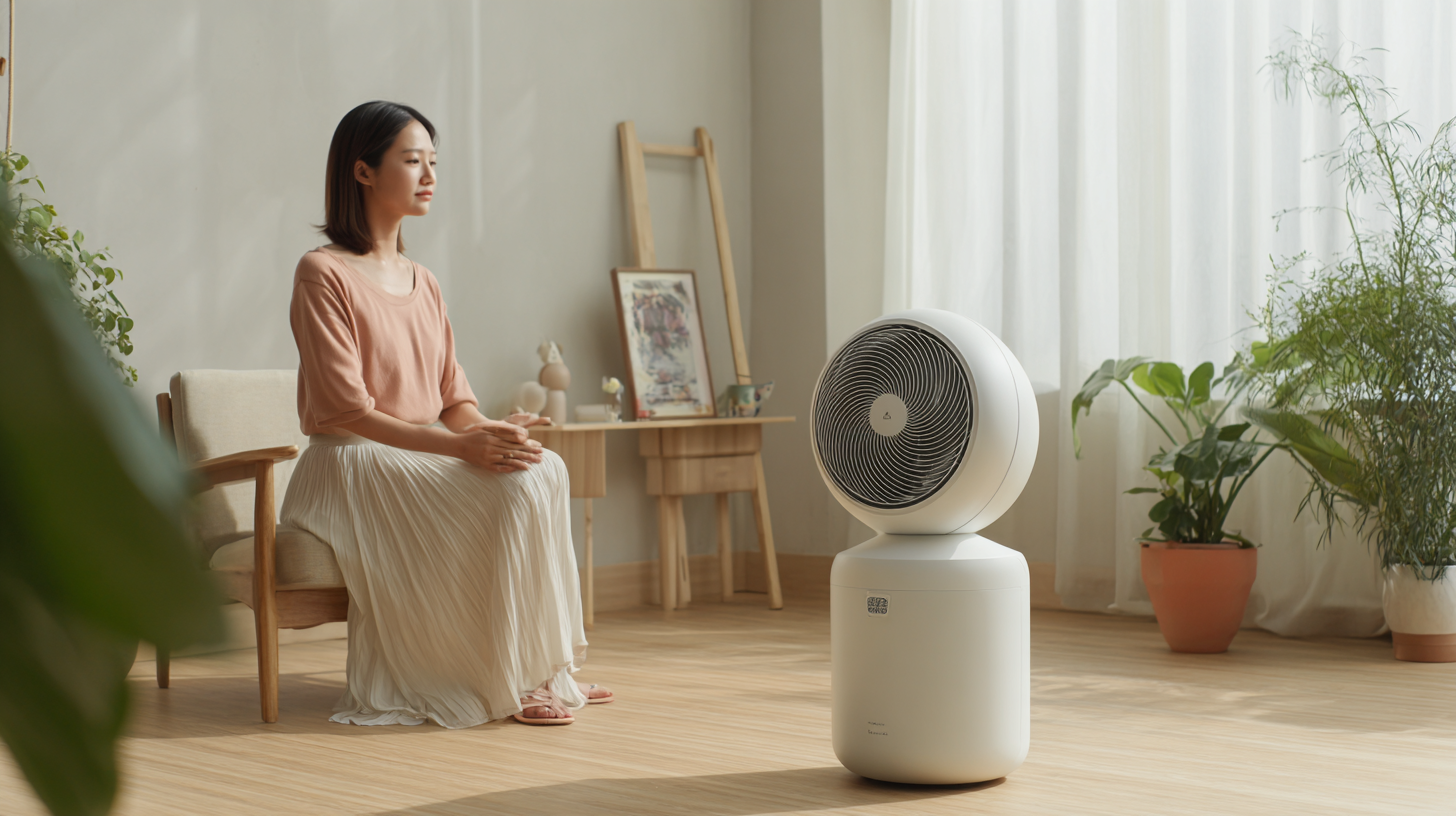
Revolutionizing Comfort: Smart Thermostats for Tailored Temperature Control
Smart thermostats are at the forefront of air tech innovations, significantly enhancing home comfort by enabling tailored temperature control. Unlike traditional thermostats, smart versions learn from user behavior and preferences, adjusting automatically to maintain an optimal indoor climate. With Wi-Fi connectivity, homeowners can monitor and control their heating and cooling systems remotely via smartphones or voice-activated assistants. This level of convenience not only offers a personalized experience but also promotes energy efficiency, reducing energy bills in the long run.
Furthermore, many smart thermostats come equipped with advanced features such as geofencing, which adjusts the temperature based on the occupants’ location. When you leave home, the thermostat can automatically lower the heating or cooling, while preparing the ideal conditions for your return. This seamless integration of technology into daily life revolutionizes comfort, allowing families to enjoy a cozy atmosphere without the constant hassle of manual adjustments. As air tech continues to evolve, smart thermostats play a crucial role in creating a more responsive and efficient home environment.
Enhanced Air Quality: The Rise of Smart Air Purifiers in Modern Homes
Smart air purifiers have become essential in modern homes, offering an effective solution to enhance indoor air quality. With the rise of environmental concerns and a greater understanding of air pollution's impact on health, these devices have introduced innovative technologies, such as HEPA filtration and real-time air quality monitoring. More than just removing dust and smoke, advanced models can eliminate allergens, bacteria, and even volatile organic compounds (VOCs), providing a healthier living environment for you and your family.
**Tips for Choosing the Right Air Purifier:** When selecting an air purifier, consider the size of your space. Look for a model that suits your room's dimensions to ensure effective air circulation. Additionally, check for features like smart connectivity, allowing you to control the device remotely or receive updates on air quality via your smartphone. Regular maintenance, including timely filter replacements, is crucial for optimal performance.
Moreover, integrating air purifiers with other smart home technologies can enhance their effectiveness. For instance, linking them with smart thermostats can help manage temperature and humidity, further improving air quality. This interconnected approach not only maximizes the benefits of your devices but also creates a more comfortable living environment.
7 Best Air Tech Innovations Transforming Your Home Experience
| Innovation | Key Features | Benefits | Typical Price Range | User Rating (out of 5) |
|---|---|---|---|---|
| Smart Air Purifier | HEPA Filters, Wi-Fi App Control | Reduces allergens, Monitors air quality | $150 - $500 | 4.5 |
| Smart Humidifier | Auto Humidity Control, Mobile App | Improves skin health, Reduces static | $80 - $300 | 4.3 |
| Smart Air Quality Monitor | Real-time Monitoring, Alerts | Tracks pollutants, Helps make informed decisions | $50 - $200 | 4.6 |
| Smart HVAC System | Zoned Heating and Cooling, Smart Thermostat | Improved energy efficiency, Enhanced comfort | $2,000 - $10,000 | 4.8 |
| Smart Diffuser | Aromatherapy, App Control | Enhances mood, Improves air freshness | $30 - $100 | 4.4 |
| Smart Window Fan | Remote Control, Energy Efficient | Improves ventilation, Saves energy | $50 - $150 | 4.3 |
| Smart Dehumidifier | Auto Shut-off, Remote Monitoring | Prevents mold growth, Improves comfort | $150 - $400 | 4.5 |
Seamless Integration: Voice-Activated Home Ventilation Systems
Voice-activated home ventilation systems represent a significant leap forward in creating a comfortable and efficient living environment. With the rise of smart technology, homeowners can now control air quality and circulation with simple voice commands. This innovation not only enhances convenience but also promotes a healthier atmosphere by allowing for real-time adjustments based on indoor air quality assessments. For instance, homeowners can instruct their systems to increase airflow when humidity levels rise or reduce circulation during peak allergen seasons, creating a tailored home experience.
Moreover, the seamless integration of these systems with other smart home devices adds another layer of sophistication. Homeowners can sync their ventilation systems with smart thermostats, air purifiers, and even lighting setups, resulting in a cohesive environment that responds intelligently to daily activities. Imagine asking your system to "prepare the living room" for a gathering—automatically adjusting ventilation, temperature, and lighting to create the perfect ambiance. This level of personalization not only promotes comfort but also demonstrates the potential of technology to enhance our everyday lives while making energy consumption more efficient.

Energy Efficiency: How Smart Fans Optimize Home Climate with Technology
As homes continue to evolve with technological advancements, energy efficiency has become a focal point in enhancing comfort while reducing utility costs. Smart fans represent a significant leap forward in home climate control, leveraging technology to optimize airflow and temperature management. According to a report by Grand View Research, the global smart home market is expected to reach $174 billion by 2025, with energy-efficient devices like smart fans driving a considerable share of that growth. These fans not only adjust their speed based on the room's temperature but also integrate with other smart home systems for optimal performance.
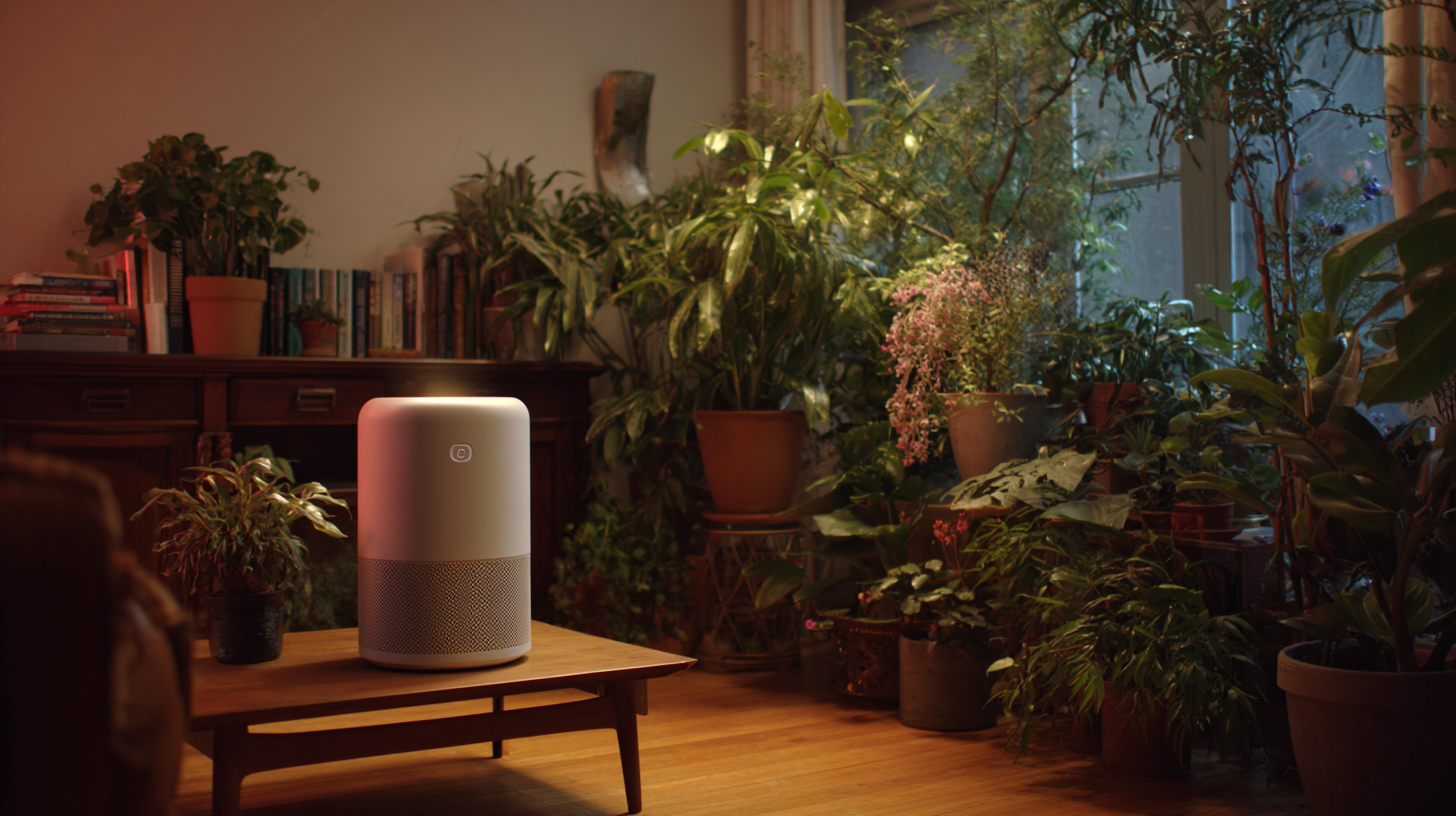
A study by the U.S. Department of Energy highlights that ceiling fans can reduce energy consumption by up to 40% when used in conjunction with air conditioning systems. Smart fans take this a step further by learning user preferences and automatically adjusting their operation throughout the day. This not only ensures a consistently comfortable environment but also optimizes energy use, translating into lower energy bills. As homeowners become increasingly conscious of their carbon footprint, embracing such technology not only aligns with environmental goals but also represents a modern approach to home management.
Allergen-Free Living: Innovations in HVAC Systems for a Healthier Home
In the quest for healthier living spaces, innovations in HVAC systems have become crucial. Modern advancements focus on allergen-free environments, providing solutions that not only enhance comfort but also improve indoor air quality. Recent developments in air conditioning technology have emphasized removing airborne allergens, ensuring that homes are safe havens for families. These cutting-edge systems are designed to detect and eliminate particulates, addressing a growing concern for many households.
As temperatures fluctuate throughout the year, the need for effective climate control grows. Homeowners are increasingly looking for systems that prioritize health and well-being, particularly as energy and medical costs rise. Innovative air conditioners now offer features that adapt to seasonal changes while maintaining optimal air quality. By integrating smart technology that monitors and purifies indoor air, these HVAC systems not only keep homes comfortable but also foster an allergen-free living environment, setting a new standard for modern residential comfort.
Air Tech Innovations Impact on Indoor Air Quality
Related Posts
-
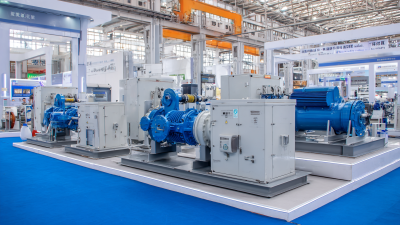
Innovative Dry Rotary Vane Vacuum Pumps Showcase Growth Prospects at the 2025 China 138th Export Commodities Fair
-

Exploring Air Vacuum Innovations at the 138th China Import and Export Fair 2025
-

Understanding the Essential Role of Oil Vacuum Pumps in Industrial Applications
-

The Hidden Benefits of Rotary Pumps: Why They Are Essential for Modern Industries
-
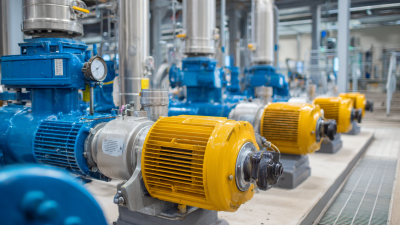
Exploring the Efficiency of Rotary Pumps: A Comprehensive Guide for Industrial Applications
-
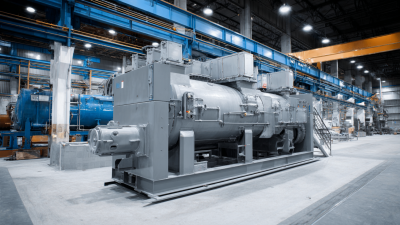
Unlocking Efficiency: The Science Behind Dry Rotary Vane Vacuum Pumps and Their Industry Applications